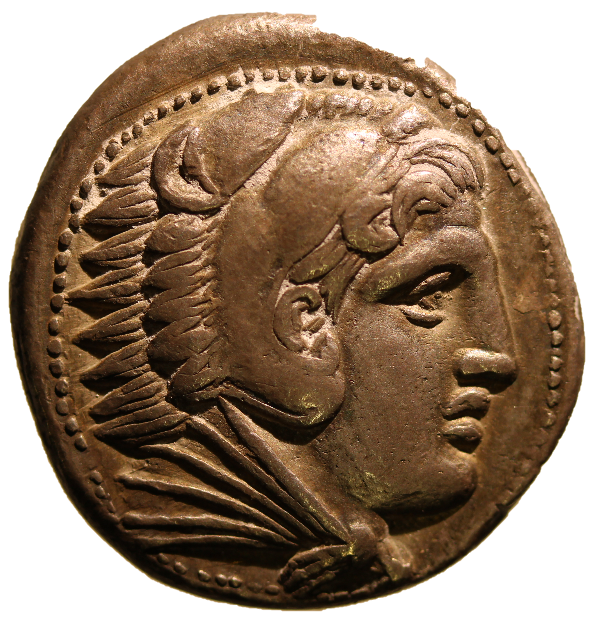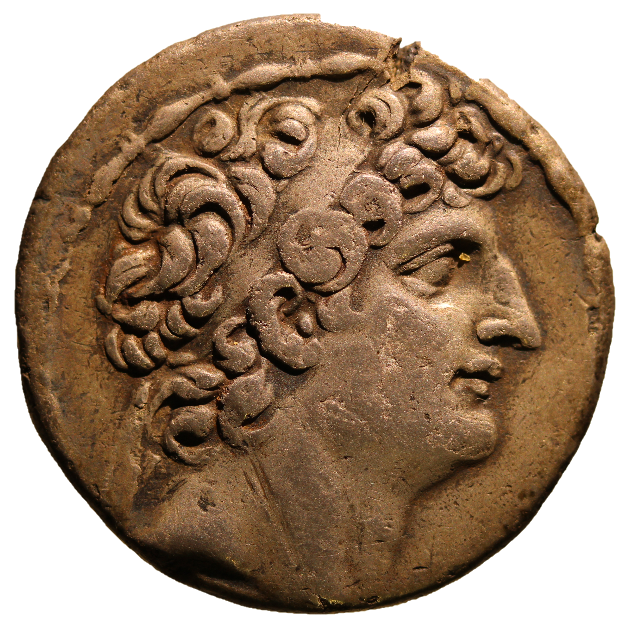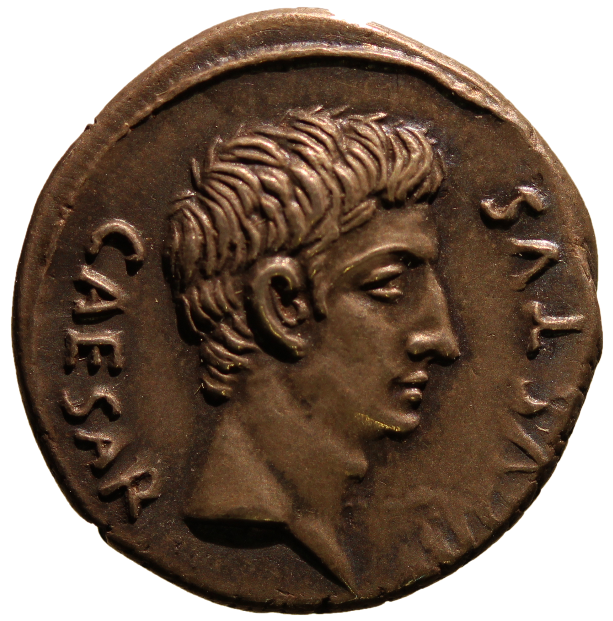Explore the RACOM project
The objectives of this interdisciplinary project are twofold: 1) to create a comprehensive account of the evolution and eventual rise to dominance of the Roman monetary system in the Mediterranean between the middle of the second century BCE and the early imperial period (27 BCE - 64 CE). This will be achieved by undertaking a new set of metallurgical analyses of the relevant coinages, employing robust and well-known scientific techniques, combined with metrological studies and the investigation of circulation patterns through the study of coin hoards and finds; 2) to evaluate the reliability of two new and emerging analytical techniques by comparing the results of these techniques with those of 1). One technique is Laser Ablation Inductively Coupled Mass Spectrometry (LA-ICP-AS); the other is muonic X-ray Emission Spectroscopy (μXES), a completely non-destructive approach to compositional analysis of ancient coins that will also have wider applications to the analysis of museum artefacts in general. Aside from providing the data for a monograph, the results of 1 will provide an essential reference for future studies of the ancient economy, and papers arising from those of 2 will enable those who contemplate scientific analyses of small objects like coins to better evaluate the suitability of various techniques.
The project is split into three broad 'work-packages': Main analytic work, Comparative analyses and Open Access Dissemination, please click on the links below for a detailed breakdown of each.
Work package A: Main Analytic Work
Work package B: Comparative Analyses
Work package C: Open Access Dissemination



